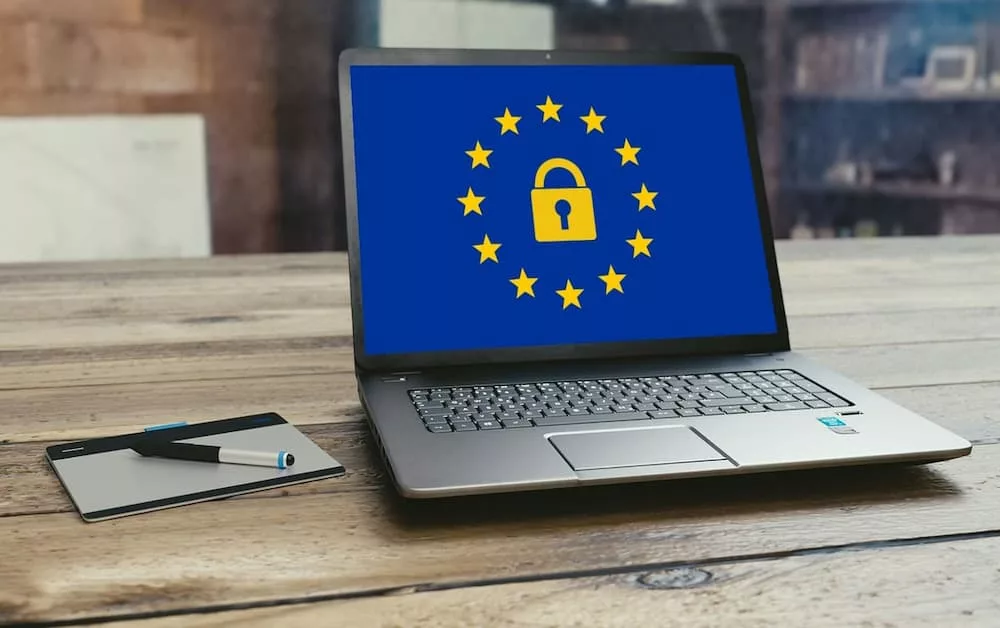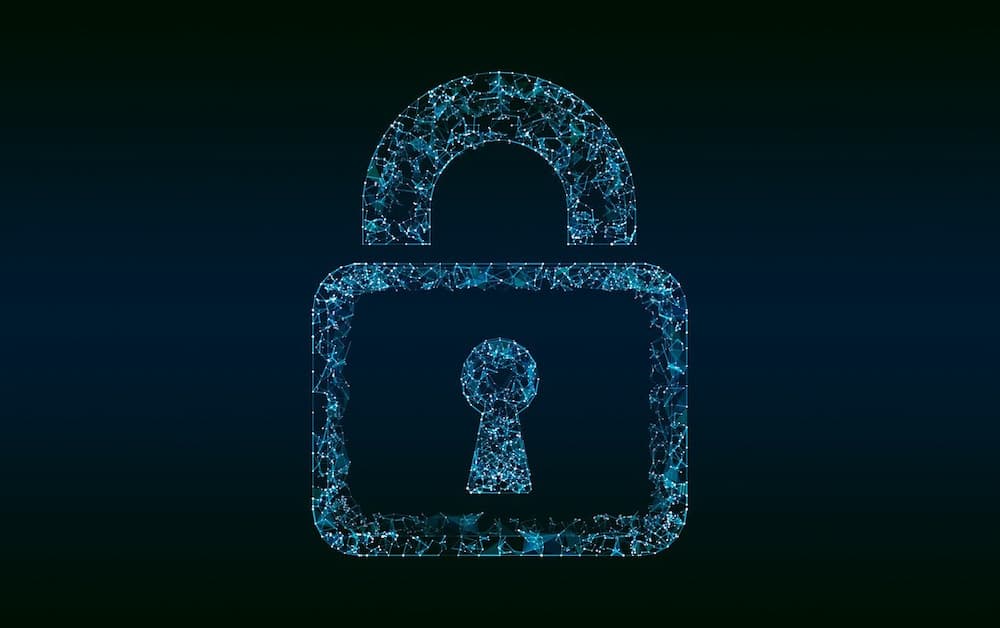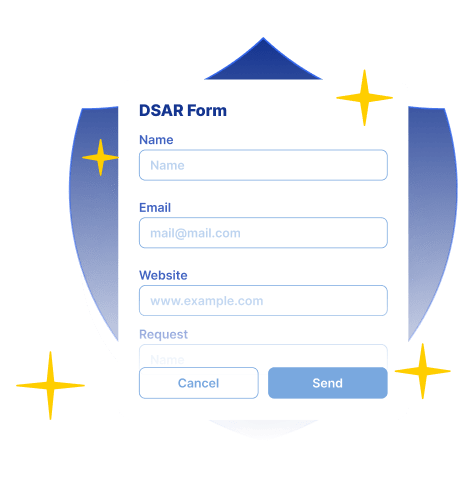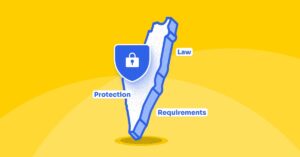Introduction
Data protection and privacy regulations have become paramount nowadays. One key aspect of these regulations is Data Subject Access Requests (DSARs), enabling individuals to access and control their personal data processed by organizations. To effectively navigate this complex landscape, organizations must understand what a DSAR form is, the associated requirements, and best practices. In this comprehensive article, we will explore DSARs, covering the form, requirements, and best practices while incorporating the provided keywords.
Unraveling the DSAR form
A Data Subject Access Request (DSAR) form is a formal request that empowers individuals to exercise their data subject rights concerning personal data. Essentially, it is a gateway for individuals to seek information about the personal data held by organizations. The DSAR form typically includes details such as data usage, data recipients, and automated decision-making based on this data subject request.
DSARs grant data subjects the right to access their personal data, request data rectification, and, in some cases, demand data erasure. This means that individuals can request copies of the personal data an organization holds about them, ask for inaccurate data to be corrected, and request that their data be deleted in certain circumstances.
The purpose of the DSAR is to give individuals greater control over their personal data and to promote transparency in the way organizations handle personal data. By making it easier for individuals to access and manage their personal data, DSARs help to ensure that organizations are held accountable for their data processing activities and comply with data protection laws and regulations.

Significance of a well-structured DSAR form
A well-structured DSAR form is a fundamental element of the process, promoting user-friendliness for individuals to easily submit their requests. The form typically comprises sections for vital information, including:
Requester’s identity verification
To ensure system security, verifying the requester’s identity is crucial. This involves a thorough process of confirming their identity, which may require them to provide identification and other personal details. By taking these steps, the system can minimize the risk of unauthorized access and ensure that only authorized users are granted access to sensitive information.
Data request details
To ensure data privacy and security, allowing requesters to specify the specific data they wish to access, correct, or delete is crucial. This helps organizations share only the necessary information, respect privacy rights, and identify any errors or inaccuracies in the data. Overall, it helps maintain the trust of customers and stakeholders while complying with data protection regulations.
Contact information
When submitting a Data Subject Access Request (DSAR), it is crucial to provide accurate and up-to-date contact information for effective communication. This includes your full name, email address, and phone number if possible. Providing this information helps to ensure that the process of fulfilling your DSAR is as seamless as possible and that any necessary follow-up or clarification can be addressed promptly. Inaccurate or incomplete contact information can result in delays or even prevent the fulfillment of your request, so it is important to double-check your information before submitting your DSAR.
Compliance with DSAR requirements
Compliance with DSAR requirements is essential for organizations handling personal data, aligning with regulations such as the General Data Protection Regulation (GDPR) and the California Consumer Privacy Act (CCPA). Key requirements include:
Timely response
As per data protection regulations, organizations are obligated to respond to Data Subject Access Requests (DSARs) within specific timeframes. It is essential to comply with these timeframes as failing to do so can result in legal consequences, including hefty fines and legal action against the organization. Therefore, it is important to have effective procedures in place to ensure that DSARs are handled promptly and efficiently.
By having robust DSAR procedures, organizations can not only ensure compliance with regulations but also maintain the trust and confidence of stakeholders. These procedures should include processes for identifying, managing, and responding to DSARs, along with clear communication channels to keep the data subject informed throughout the process. It is also important to ensure that the organization has the necessary resources and expertise to handle DSARs effectively, including the ability to identify and locate all relevant data.

Verification of requester’s identity
One of the critical aspects of maintaining data privacy and security is verifying the identity of the requester. This security measure ensures that only authorized individuals have access to personal data, preventing unauthorized access and potential data breaches.
To verify their identity, requesters may be asked to provide documentation or other identification, such as a government-issued ID or a utility bill. This helps to confirm that the person making the request is who they claim to be and that they have the legal right to access the requested information.
Without this security measure, personal data could be accessed by unauthorized individuals, potentially leading to identity theft or other malicious activity. Therefore, it is essential to prioritize identity verification when handling sensitive information to safeguard against potential security threats.
Data accessibility
Facilitating data accessibility is of utmost importance to foster transparency and accountability. Open access to data empowers decision-makers, stakeholders, and citizens to make informed decisions and hold authorities accountable. To enhance accessibility, data should be provided in an easily understandable format, such as CSV or XML files. These formats allow requesters to derive meaningful insights from their data and analyze it to identify patterns and trends. Moreover, it promotes collaboration and encourages innovation by enabling developers and researchers to use the data to create new applications and tools. Therefore, it is imperative to prioritize data accessibility and make it a fundamental aspect of any data-driven initiative.
Data accuracy
In order to make reliable decisions, it is essential to have access to accurate and complete data. For this reason, organizations must ensure that they are collecting and recording data correctly and that they are regularly verifying its accuracy. This can involve implementing rigorous data collection and management processes, as well as using tools and technologies to help identify and correct inaccuracies.
When inaccuracies are identified, they should be addressed promptly in order to avoid flawed decision-making and potential legal issues. This may involve conducting a thorough investigation to determine the root cause of the inaccuracy, as well as taking steps to prevent similar inaccuracies from occurring in the future.

Handling sensitive data
Protecting sensitive personal data has become a major concern. Health records and financial information are particularly sensitive and require robust security measures to ensure they remain confidential and secure. One essential measure is encryption, which involves converting data into a code that can only be deciphered with a specific key or password. This process ensures that even if the data falls into the wrong hands, it cannot be read or accessed without the proper authorization. In addition to encryption, secure servers are also critical to maintaining data security. These servers are designed to store information in a way that is inaccessible to unauthorized users. They often include multiple layers of security, such as firewalls and intrusion detection systems, to prevent unauthorized access. Finally, limiting access to sensitive data is also an important security measure. By only allowing authorized personnel to access sensitive information, the risk of data breaches or leaks is significantly reduced.
Managing excessive requests
Organizations face an overload of data privacy and security challenges. One such challenge is the potential for an excessive number of Data Subject Access Requests (DSARs) or repetitive requests. This can create a significant burden for organizations, especially those that handle large amounts of personal data. However, regulations like the General Data Protection Regulation (GDPR) provide guidelines for identifying and declining “manifestly unfounded or excessive” data subject requests, which can help organizations manage these requests more effectively. By doing so, organizations can focus on legitimate requests, protect privacy rights, and avoid unnecessary costs and disruptions to their operations. Overall, managing DSARs is an important aspect of data privacy and security, and organizations must have processes in place to handle such requests effectively.
Best practices for effective DSAR handling
Managing DSARs effectively requires adopting best practices that encompass policies, procedures, training, and systems for tracking and managing requests. It also requires understanding legal and regulatory requirements, and a commitment to transparency and accountability in data handling. By adopting best practices, organizations can respond quickly and effectively to requests while minimizing the risk of data breaches and non-compliance with regulations.
Clear and transparent process
It is crucial for organizations to establish a well-defined Data Subject Access Request (DSAR) handling process. This process should include multiple channels of communication, such as a toll-free phone number and an online portal, to ensure timely and efficient responses to customers’ DSARs. This not only helps the organization comply with data protection regulations but also maintains trust with customers and other stakeholders.
A well-defined DSAR handling process should include clear guidelines for receiving, validating, and responding to DSARs. It should also outline the steps to be taken in case of any discrepancies or errors in the data provided by the customer. Additionally, the process should ensure that proper security measures are in place to protect the confidentiality and integrity of the data shared by the customer. Overall, a well-defined DSAR handling process is essential for organizations to operate in a transparent and compliant manner, while also building and maintaining strong relationships with their customers and stakeholders.

Data minimization and retention policies
One of the most important steps in ensuring data privacy and security is to implement data minimization and retention policies. This involves collecting only the necessary data that is required for a specific purpose and promptly deleting outdated or unnecessary data to minimize data exposure and misuse. To implement data minimization and retention policies, it is important to identify the types of data that are necessary for your business operations and the specific purposes for which they are collected. This will help you to determine the appropriate retention period for each type of data.
In order to minimize data exposure and misuse, it is essential to regularly review and update your data retention policies. This will ensure that your policies remain relevant and effective in protecting your data. By implementing data minimization and retention policies, you can proactively protect your data from unauthorized access, use, or disclosure. This helps to ensure that your business remains compliant with data privacy laws and regulations, and builds trust with your customers by demonstrating your commitment to protecting their personal information.
Data mapping and inventory
To ensure accurate and efficient DSAR (Data Subject Access Request) responses, it is crucial for organizations to conduct a comprehensive data mapping and inventory process. This involves identifying all of the personal data that the organization holds, including its sources, storage methods, and sharing partners. By undertaking this process, organizations can gain a clear understanding of the data they hold and how it is used, which is essential for complying with data protection laws and regulations. This information can also be used to identify any potential data protection risks and implement appropriate safeguards to mitigate them. Overall, a thorough data mapping and inventory process is a crucial step toward maintaining transparency, accountability, and compliance in data processing activities.
Data portability support
As an organization, it is important to prepare for supporting data portability. This includes providing data to consumers in a transferable format and enabling direct transmission of that data to another data controller. By doing so, you can enhance transparency and improve consumer control over their data. This will not only help you comply with data protection regulations but also build trust with your customers.
Conclusion
Understanding the DSAR form, requirements, and best practices is vital for organizations navigating data protection and privacy regulations. DSARs provide individuals with a powerful tool to access and manage their personal data.
Compliance with legal requirements, the implementation of best practices, and maintaining a transparent and efficient DSAR handling process are fundamental to building trust with customers and stakeholders while avoiding potential penalties for non-compliance. In the dynamic landscape of data protection, organizations that prioritize DSAR transparency and compliance demonstrate their commitment to data privacy and security.




